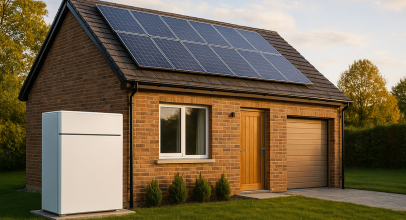
The future of energy has always been linked to the need for humanity to effectively store and utilize energy as needed. Humanity is becoming increasingly active in seeking ways to conserve energy, and indeed, it discovers various methods, each yielding different levels of efficiency.
The efficiency of energy storage technologies is determined by the ratio of useful energy utilized to the total amount of energy acquired by the system. In other words, the effectiveness of accumulators is evaluated in terms of energy losses during the storage process compared to the overall energy volume poured into the system.
From this perspective, the issue of energy storage efficiency has already been addressed in modern technologies when compared to older ones. In particular, the efficiency of storage devices is often assessed in comparison with internal combustion engines, which, according to general and common data, have an efficiency of 23%.
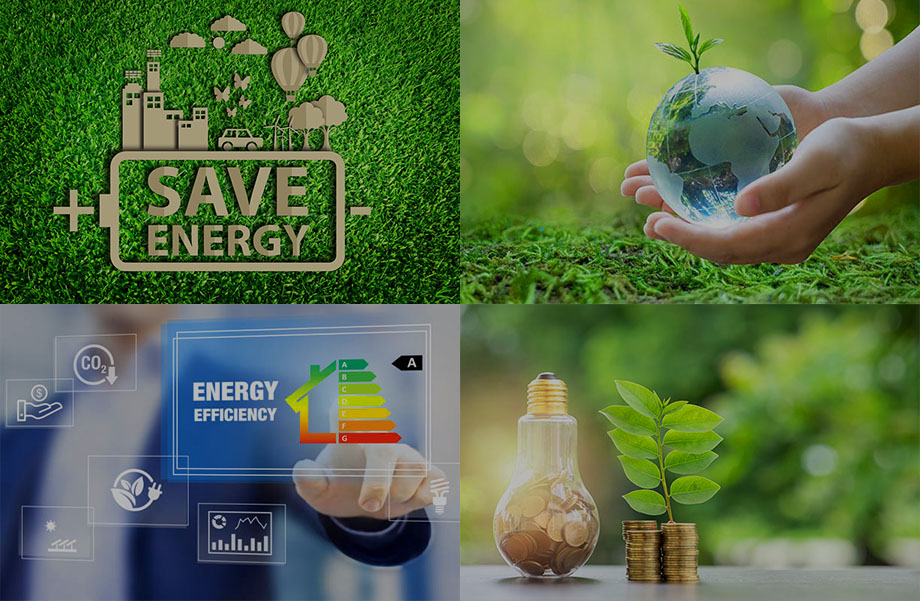
The most popular form of energy storage. Thanks to Elon Musk, storing energy in lithium-ion batteries is considered one of the most efficient methods. However, there's still the challenge of degradation over time until the battery starts to decline.
Advantages: rapid construction (Musk built a facility in Australia in just 100 days), almost instantaneous release of stored energy into the grid (within tenths of seconds).
Disadvantages: cost, degradation, lack of recycling methods. Speaking of Musk, Tesla manufactures both household and industrial lithium-ion batteries (not to mention those for electric vehicles).
Under ideal conditions, their efficiencies are approximately the same. But ideal conditions are rare. The efficiency of the Tesla Powerwall inverter, a household battery, is 90%. This figure is indicated for a "closed-cycle" charge/discharge scenario: "alternating current into the battery and back into alternating current," as specified in the battery's specifications. The efficiency of the Tesla Powerpack industrial battery system is around 88-89%. If one Powerpack has a capacity of 210 kWh, after one storage cycle, approximately 186-187 kWh will be available for use again. This is assuming the battery is new and operating at an optimal temperature.
The efficiency specifications for storage systems are given for operation at 25°C. Extreme temperatures, either too high or too low, can harm the efficiency of a lithium-ion battery, although the specifications state they can operate in temperatures ranging from -25°C to +50°C.
Research shows that if a battery is fully charged for a short period at an ambient temperature of 40˚C, its capacity (energy storage ability) will decrease by 35% after just one year, even with limited subsequent use.
The primary issue with lithium-ion systems is degradation (capacity loss). The degree of degradation depends on the intensity of battery usage – how frequently it has been subjected to peak loads and discharged to zero. On average, after around ten years, the capacity of the battery decreases to "economically disadvantageous" levels (for industrial facilities) – 50-70% of the capacity claimed for new batteries, as reduced capacity means reduced efficiency. Degradation also creates another problem with lithium-ion batteries – their recycling. Besides lithium-ion, there are batteries based on other metals, but their efficiency is somewhat lower, as is their cost. Below are data from researchers in China, describing the number of charge-discharge cycles, safety of use, energy density, cost, and efficiency.
The cost of lithium-ion batteries is estimated at $213 - $640 per kWh, lead-carbon batteries at $142 - $213 per kWh, and vanadium flow batteries at $425 per kWh.
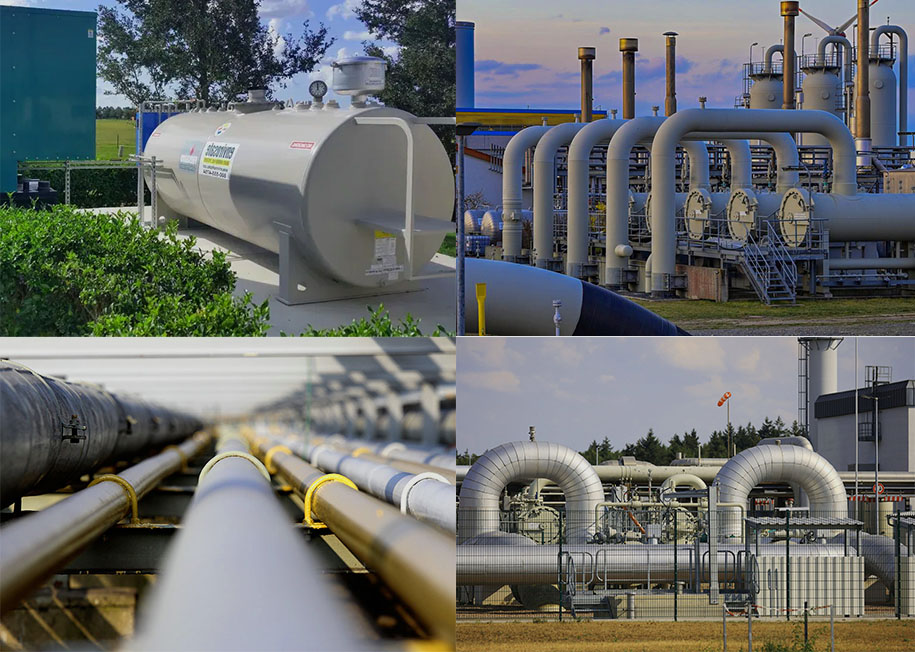
Pros: Ability to supply methane directly to gas networks, container transport.
Cons: Low efficiency, costly electrolysis process.
The concept is simple: surplus electricity is used for hydrogen production through the process of electrolysis. Later, hydrogen can be converted into methane if a nearby source of carbon is available. The gas is stored in special reservoirs and released as needed. Below is a clear demonstration of the energy utilization efficiency when "green" electricity is converted into hydrogen and then into methane.
The standard efficiency rating for such systems is around 50%. However, researchers are conducting studies in the field of high-temperature electrolysis and methanation, where efficiency exceeds 75%.
Electrolysis at particularly high temperatures, around 800°C, is a significant advantage in increasing the efficiency of the power-to-gas technology.
The power-to-gas technology is most effective for long-term energy storage. For intraday charge-discharge cycles, losses are too substantial. For instance, the French company HDF Energy plans to build a solar park in French Guiana, where a hydrogen energy storage system will be established for long-term periods, while lithium-ion batteries will be used for short-term storage. The solar park's capacity is 55 MW, with the hydrogen storage capacity being 130 MWh and the lithium-ion storage capacity being 10 MWh.
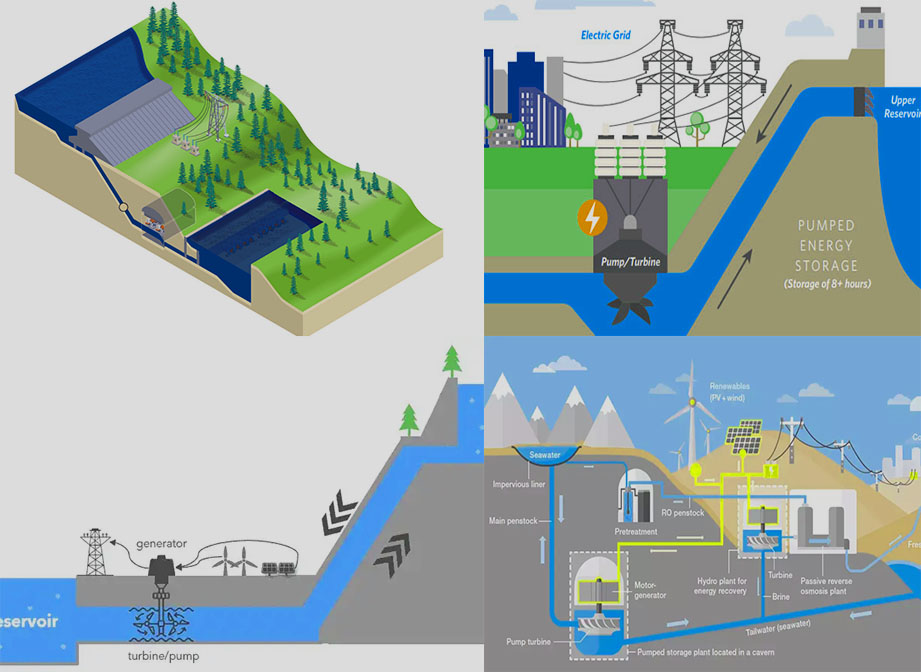
Pumped storage hydroelectric power plants are not as cutting-edge as lithium-ion batteries or hydrogen storage systems. They have been tried and tested for decades and are the only energy storage technology used in Ukraine. Recently, they have become more active due to the launch of the electricity market, requiring more frequent balancing.
Pros: Inexpensive storage, high power capacity.
Cons: Expensive and time-consuming construction, the need for suitable landscapes.
In generator mode, the maximum efficiency reaches 87% (the energy conversion efficiency during electricity generation as water descends), and in pumping mode (water is pumped to the upper reservoir), it reaches 90.8%. It's important to note that these are maximum efficiency values. Typically, the efficiency of pumped storage hydroelectric power plants is around 0.75, meaning that out of every 100 kWh taken from the system, approximately 75 kWh is returned.
This applies to modern, relatively advanced technologies. For older pumped storage hydroelectric power plants built in the 1960s, the efficiency could be as low as 40%. The efficiency also depends on the size of the reservoir, its climatic location, and other factors that influence the water level in the reservoir, which, among other things, affects the efficiency of the pumped storage hydroelectric power plant's operation.
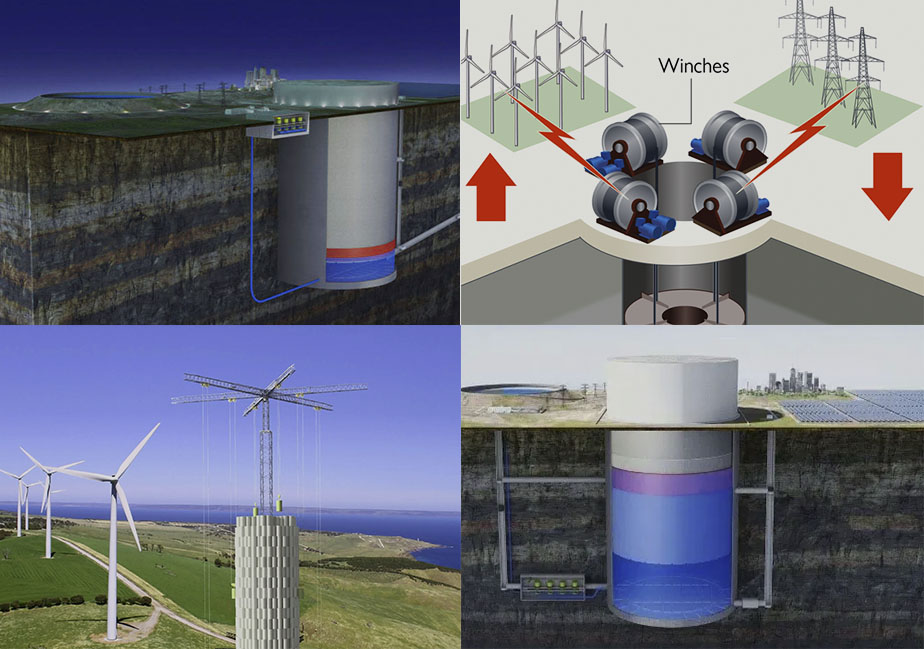
Gravitational energy storage systems are an unusual and relatively cheaper method of energy storage, but they are less efficient compared to other technologies like lithium-ion batteries or hydrogen storage systems.
Pros: Quick construction and relatively lower costs.
Cons: Being a new technology, its efficiency is uncertain.
An interesting device for energy storage and an example of a gravitational storage system was created by the American company Advanced Rail Energy Storage North America (ARES) using a rail system in Nevada. Instead of pumping water into an upper reservoir for energy storage, the ARES project uses rail cars loaded with ballast, which are raised closer to the top of a hill for energy storage and then released downhill to generate power. Each rail car is equipped with a 2 MW generator, which acts as an electric motor during ascent and returns energy to the grid during descent. The overall efficiency of the entire system is estimated to be 80-86%.
The elevation difference between the points is 900 meters (a very significant height difference, not commonly found in most pumped storage hydroelectric power plants), and the length of the tracks along which the rail cars move is 8 km. The system can deliver up to 50 MW of power at its peak, which is approximately 1.5 MW from each of the 32 rail cars (accounting for all losses). It is claimed that the rail cars can be set in motion quickly, in about 5 to 10 seconds. Although not as fast as lithium-ion batteries, the project's location balances fluctuations in renewable energy with mainly gas-fired power plants, which can be connected in half-hour intervals.
Critics argue that the 80-86% efficiency is possible only with short rail car tracks, and the longer the downhill and uphill sections, the higher the losses. Another interesting project that operates on the gravitational principle is energy storage in a tower. The system works with a six-pointed crane in the center, and concrete cylinders weighing 35 metric tons are located at a distance from it. When there is excess solar or wind electricity, an electric motor is activated, and the crane, controlled by an automated algorithm, lifts the concrete blocks one by one, stacking them in a tower around its axis.
The storage system is "fully charged" when the crane has formed a tower of concrete blocks around itself. The tower can store 20 MWh of energy. When there is a shortage of electricity in the grid, the system operates in reverse, and electricity is supplied to the grid using gravitational energy.
When the grid operates at a low level, the motors are brought back into action, except that instead of consuming electricity, the motor is set in motion in reverse using gravitational energy, thus generating electricity.
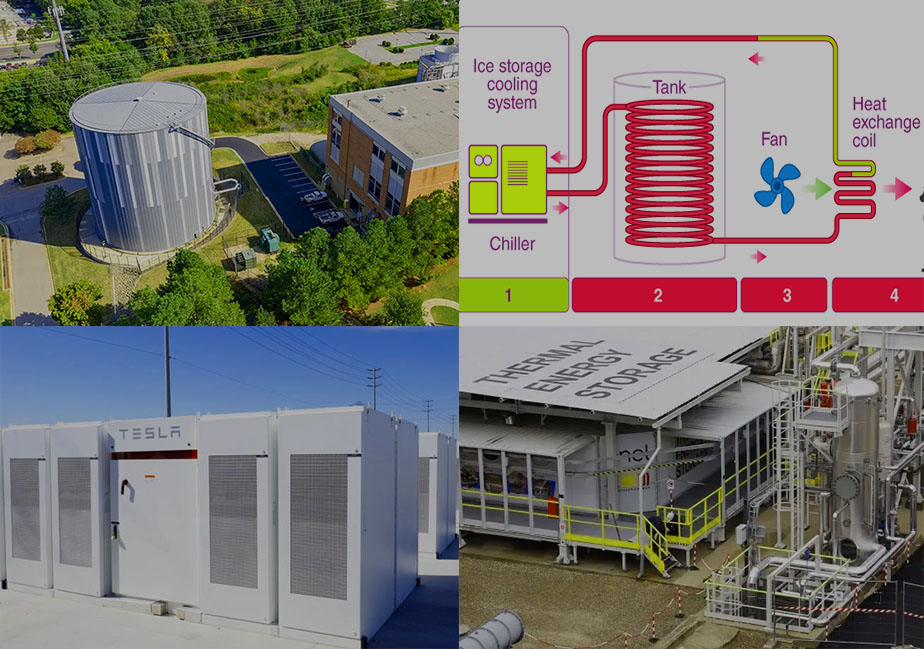
Pros: Cost-effective.
Cons: Not highly efficient, suitable only for seasonal energy storage.
A couple of years ago, Siemens, a company actively involved in wind power generation, proposed a solution for energy storage in Northern Germany. Excess energy generated by wind farms is converted into heat, which heats stones (up to 600°C) protected by insulated covers. When there is a need for additional electricity, a steam turbine converts the thermal energy back into electricity. This is the basic operation scheme of the "hot rock" energy storage system. The project itself is relatively inexpensive to set up, but its efficiency is also currently not very high.
The full-scale storage facility is expected to hold about 36 MWh of energy in a container with approximately 2000 cubic meters of rock. Using a boiler, the accumulated heat generates enough steam for a compact Siemens steam turbine to produce up to 1.5 megawatts of electricity for up to 24 hours a day. At the early stages of development, the thermal energy storage's efficiency is expected to be around 25%.
In the future, the concept has the potential to reach an efficiency of around 50%. This means that out of the 36 MWh of energy input into the storage, in the best case scenario, approximately 18 MWh remains available for use.
Here's the information organized in a table format:
| Energy Storage System | Efficiency | Reaction Speed | Cost | Durability | Mobility |
|---|---|---|---|---|---|
| Li-ion | 88 - 90% | + | + | - | + |
| Power-to-gas | 50% | + | + | +/- | + |
| Pumped Storage (new) | 75% | - | - | + | - |
| Gravitational | 80 - 85% | - | - | +/- | +/- |
| Hot Stones | 25% (promised 50%) | - | +/- | + | + |